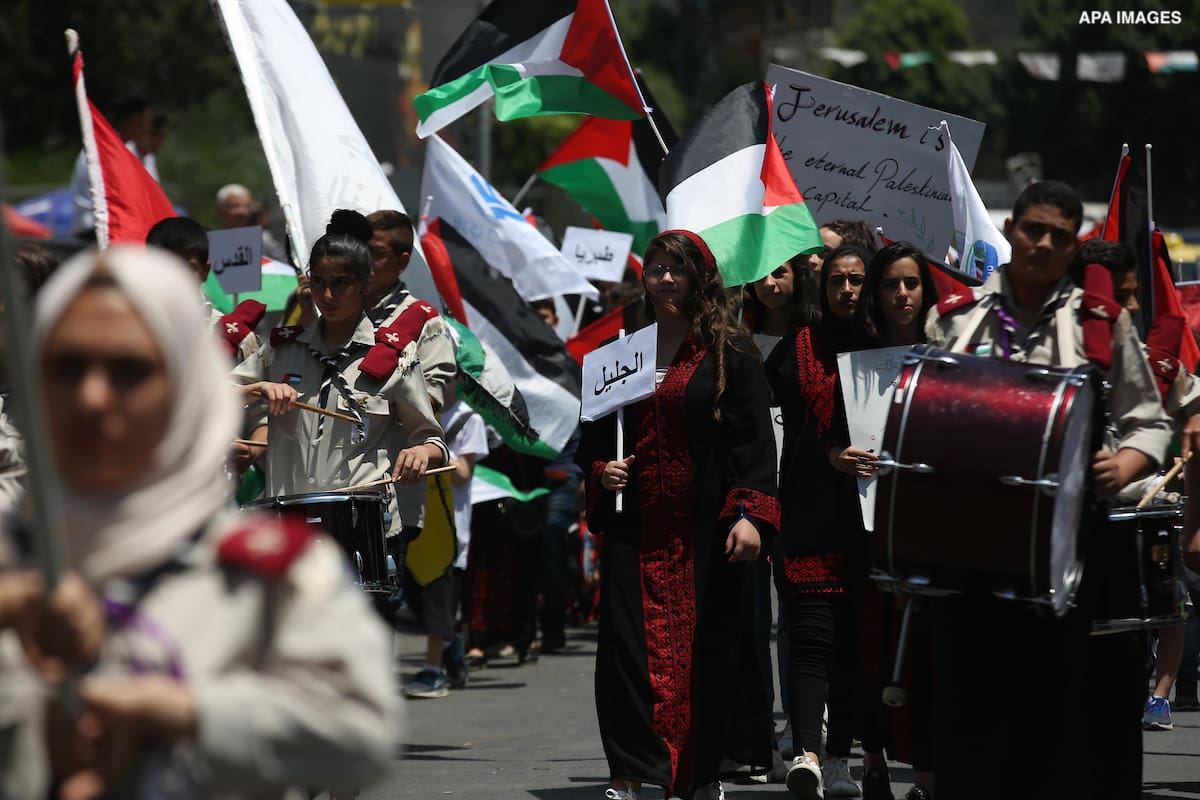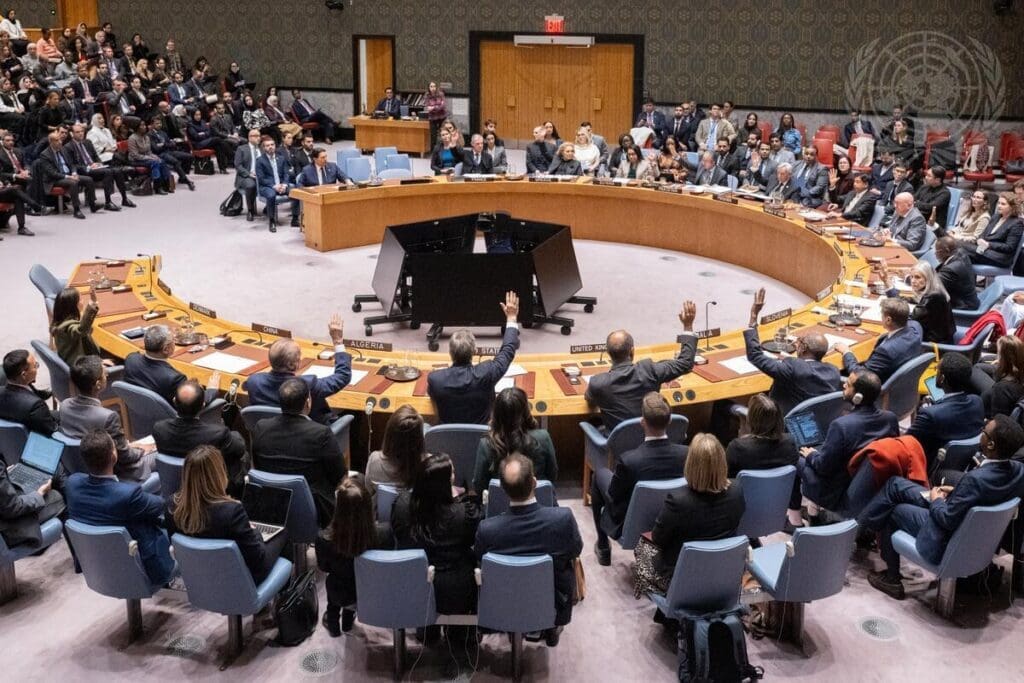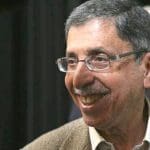
This section addresses the likely scenario of the continuation of the status quo and its implications for Palestinian society, especially regarding its deepening fragmentation by the Israeli regime, and various structures of inequality within it.
Structural Inequality
The continuation of the political status quo is likely to reinforce existing structures of inequality. The 2020 report by the Palestinian Central Bureau of Statistics (PCBS) revealed enormous inequality between the West Bank and Gaza, both in rates of unemployment and poverty. The report also revealed that unemployment, poverty, household and family size, illiteracy, infant mortality rates, disability, employment status, and possession of certain household amenities, such as the internet, differed significantly based on type of locality (urban, rural, and refugee camp), gender, and governorate.
To be sure, class, gender, type of locality, level of education, and political affiliation significantly impact opportunities for Palestinians in the West Bank and Gaza, certainly under the reality of the Israeli regime’s settler-colonial and apartheid occupation and siege. For instance, the 2020 PCBS report indicates that the size of a household family in the West Bank is 4.9 family members compared to 5.5 in Gaza, and that the number of villas in the West Bank is 10 times greater than in Gaza. Unemployment in Gaza (45.1%) is also three times higher than in the West Bank (14.6%). Significant differences in unemployment rates also exist between governorates within the West Bank (9.5% in Ramallah and al-Bireh compared to 22.9% in Bethlehem and 21.3% in Jenin), while unemployment in northern Gaza (42.3%) and in Gaza City (40.9%) were significantly lower than in Der al-Balah (51.7%) and Khan Yunis (49.2%).
Poverty rates between the West Bank and Gaza also reveal a wide discrepancy. In 2017, the poverty rate in the West Bank was at 14% compared to 53% in Gaza. In other words, 71.2% of Palestinians who fall under the poverty line are found in Gaza, compared to 28.8% in the West Bank. The poverty rate also varies according to region. The central West Bank has the lowest rate, while the south region records the highest. In Gaza, the south has a lower rate of poverty than the north and the center. Place of residence is likewise significant, as refugee camps record the highest rates of poverty (38%) while rural areas report the lowest (14%). The disparity and overall rates of poverty have only worsened since 2019 due to the impact of the COVID-19 pandemic on the economy and public services.
Finally, significant disparities also exist between men and women of working age (15 years or older for both).1 Men have a much higher rate of participation in the labor force (70%) than women (18%), and the unemployment rate for women in the West Bank and Gaza is much higher than for men (41.2% to 21.3%). These existing gaps and inequalities are not likely to shift to a more egalitarian state; rather, they will likely continue and intensify if the status quo persists.
Class Formation and Features
Multiple factors converged over the last three decades to affect class structure in the West Bank and Gaza, particularly by expanding the Palestinian middle class. These include the forced repatriation of exiled Palestinians to these areas following the 1991 Gulf War, returning refugees following the 1993-1995 Oslo Accords, the establishment of the Palestinian Authority (PA) in 1994, the subsequent development of certain economic sectors (albeit unproductive), and the entrenchment of neoliberalism among Palestinian society. Furthermore, the rapid spread of NGOs, expansion of journalism and mass media, emergence of a modern service sector (banking, insurance, telecommunications, and advanced technology), and the construction of numerous schools, universities, hospitals, and clinics have all collectively fuelled middle-class formation.
By 2020, Palestinians in the West Bank and Gaza were divided as roughly one-third middle class (compared to only 10-12% in the 1980s), one-third working class, and one-third upper class. The division among these economic classes has only been exacerbated by the Israeli occupation, siege on Gaza, political division between Hamas and Fatah, and economic dependence on Israel and foreign aid. Each of these factors affects the classes to varying degrees, at times leaving those with the greatest capital unscathed while intensifying unemployment and vulnerability for middle and working class Palestinians.
Neoliberal policies and the increasing dominance of small enterprises have also limited the cultivation of class consciousness and popular mobilization skills, as has the minimal influence of trade unions. Moreover, reliance on the informal sector, as well as work within the 1948 territories and Israeli settlements across the West Bank, leave working-class laborers with little protection and vulnerable to exploitation of all kinds. Thus, conditions in the West Bank and Gaza have left Palestinians divided — not only politically, but across the socio-economic spectrum.
Conclusion
Palestinian leadership’s focus on state-building before independence, coupled with the dominance of neoliberalism, has encouraged a mentality of individualism and consumerism that, above all, values the pursuit of self-interest. It promotes consumption, conspicuous whenever possible, for the wealthy and the upper middle classes, reproducing inequality in Palestinian society. This new mindset is deeply antagonistic to collective action and solidarity, and this is why after the Second Intifada, resistance to Israeli occupation and repression became largely localized and sporadic.
Should the status quo persist for the foreseeable future, the existing structures of inequality, especially in terms of gender and class disparities, will likely continue and deepen. In addition, the middle class will likely remain apprehensive about the PA’s collapse or dismantlement. That is, though the Palestinian middle class is divided politically, ideologically, socially, and geographically, it broadly poses no threat to the existing political state of affairs. The working class, for its part, is fragmented and cannot act as a unified force for its own interests and for generating structural changes favorable to the Palestinian national cause.
What is needed is representative and democratic political institutions, movements, and associations that can bring together the various classes and components of Palestinian civil society in collective action to implement changes that respond to the interests and rights of the Palestinian people. Without this fundamental shift, the status quo will continue to fragment Palestinians geographically, politically, and socially.







